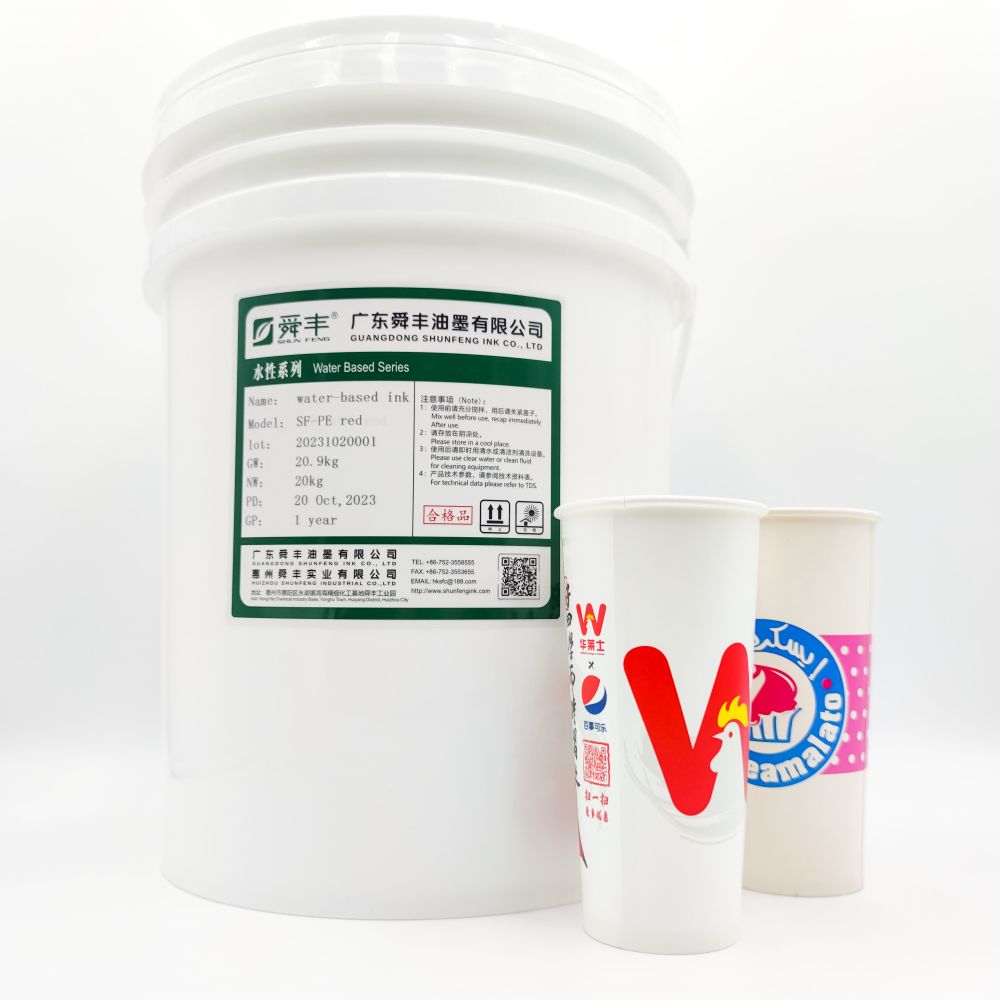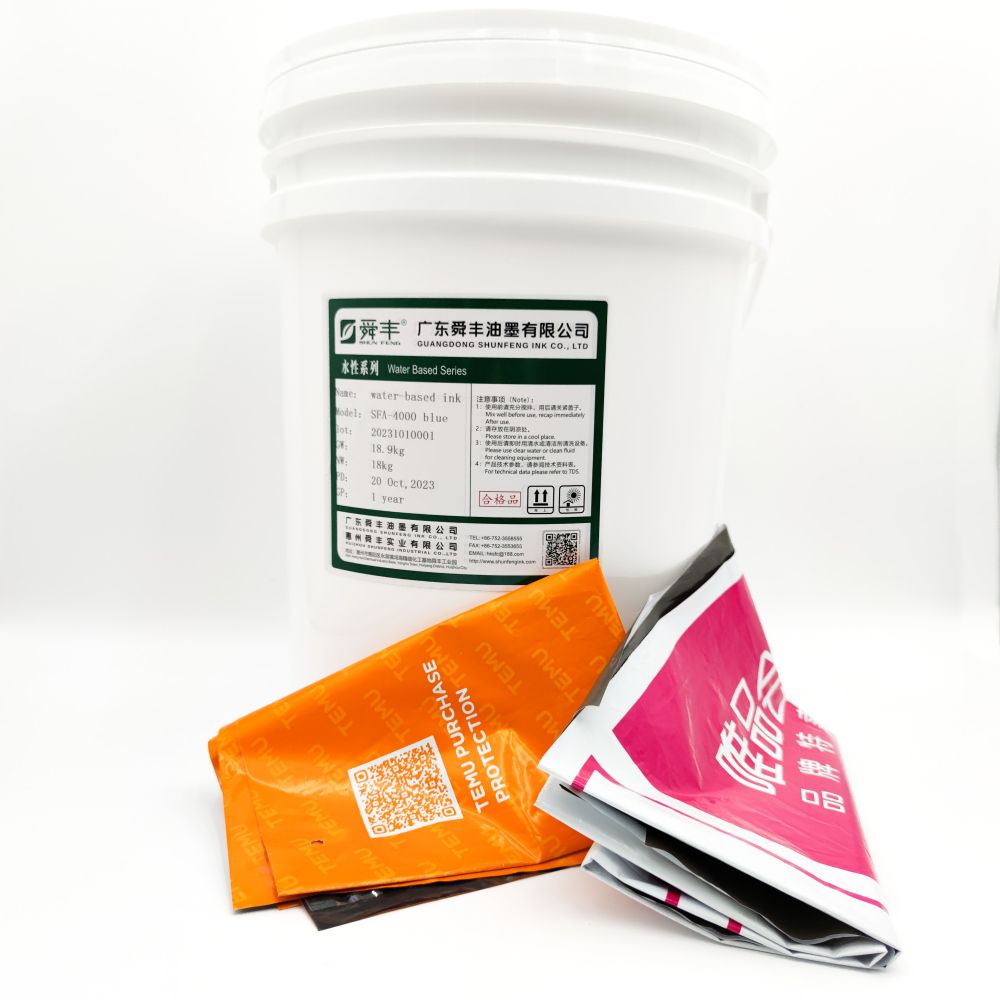Quality Requirements for Water-Based Flexo Inks in Label Printing Industry
In the label printing industry, the use of UV inks has almost become a consensus. Whether it is flexo or letterpress label printing, UV inks are generally chosen. This preference is especially pronounced when printing materials expand from coated paper to plastic films due to the strong adhesion of UV inks to non-absorbent materials. Additionally, newly emerging rotary offset printing also tends to opt for UV inks.
The advantages of UV inks include drying through spectral radiation energy, low VOC emissions, environmental friendliness, high solid content, and high color concentration. Moreover, UV ink films do not dry without UV lamp exposure, reducing the need for ink path cleaning and ink waste. However, UV inks are significantly more expensive, costing several times more than solvent-based and water-based inks. Furthermore, the photoinitiator in UV inks often does not perfectly match the frequency of UV lamps, resulting in low energy efficiency and high energy consumption. Although LEDUV technology attempts to address this by adjusting the ultraviolet wavelength and using cool light sources to improve energy efficiency and reduce consumption, its high cost makes it challenging to adopt in the domestic label printing market.
In contrast, water-based inks are an environmentally friendly option that is well-regarded in the printing industry. These inks contain minimal organic solvents and thus do not have VOC emission issues. However, to replace flexo UV inks in high-end label printing, especially for film-based adhesive labels, water-based inks must meet specific printing performance requirements.

The water-soluble resins in water-based inks must be aminated to dissolve in water, making the water in these inks different from tap water, with a pH value typically between 8.5 and 9.5. Some water-based inks are highly alkaline, with pH values exceeding 10.0. The pH value of water-based inks changes with ambient temperature, necessitating regular monitoring and adjustment to maintain viscosity stability, prevent rapid drying, and ensure transfer performance. High-quality water-based inks should maintain a pH value between 8.25 and 8.5 with minimal fluctuations.
In the manufacturing of water-based inks, the amination of acrylic resin employs three processes: organic amine, ammonia water, and inorganic alkali solutions. Each process varies significantly in performance, cost, and stability. Organic amine processes offer stability but are costly, ammonia water processes are less expensive but require frequent replenishment, and inorganic alkali solutions are cheap but perform poorly. Currently, most high-quality water-based inks combine organic amine and ammonia water processes to balance performance and cost.











